All of us may contribute to the greening of our cities by engaging in kitchen gardening. You can cultivate your own fruits, veggies, and herbs in the garden. Additionally, it allows city inhabitants to grow their own food, which is fresher and healthier.
19 Fun Facts about Kitchen Gardening
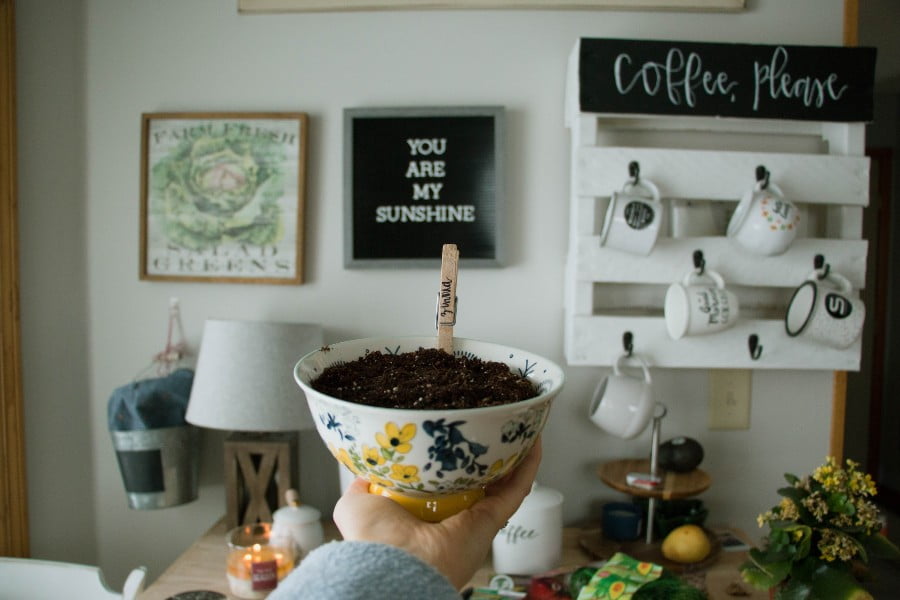
1. Amidst all the dust and pollution around you, your balcony, terrace, or courtyard can serve as your green lungs. The more plants you have, the more fresh air and healthy oxygen you inhale.

2. Herbs are very important in our diet because they have healing and cleansing effects for our bodies. There are many herbs and plants, such as lemon grass, coriander, cilantro, mint, tulsi, celery, fenugreek, and spinach, that are easy to maintain in a kitchen garden.
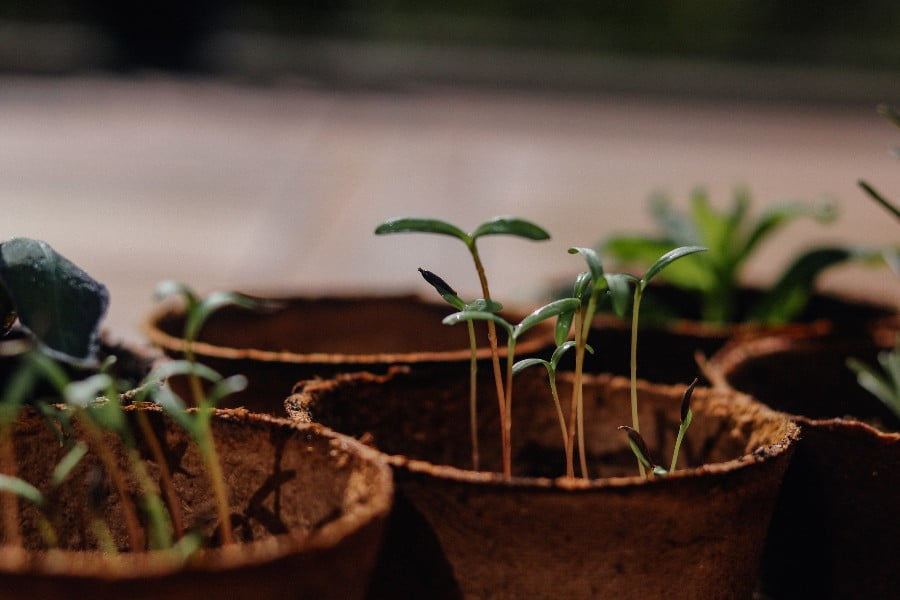
3. Adding plants to your home will make it greener, more tranquil, boost your spirits, and make you feel happier and more positive.
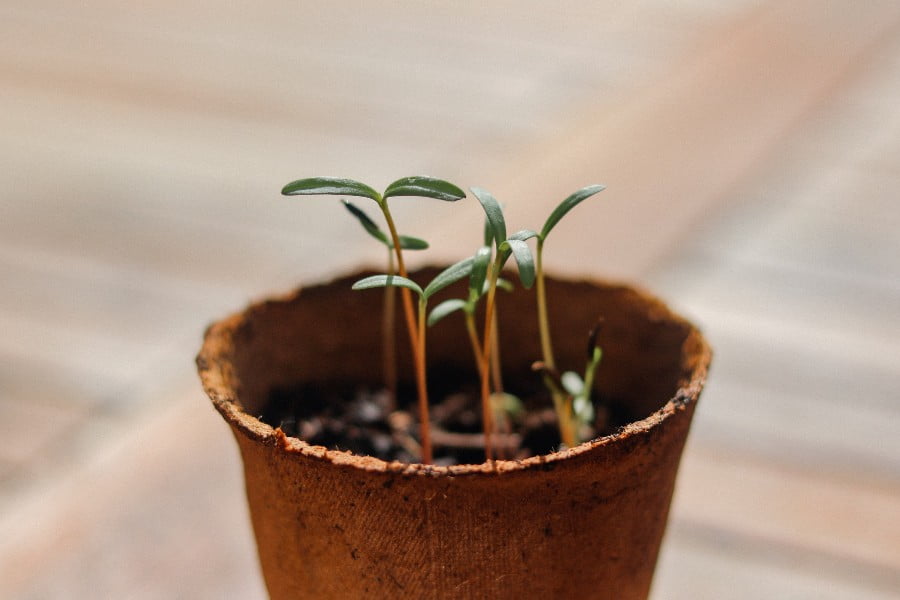
4. Modernisation uproots us from nature. As the saying goes, our body is composed of five components that include earth, water, ether, air and fire. So it is very important to stay connected with the earth and these elements subsequently.
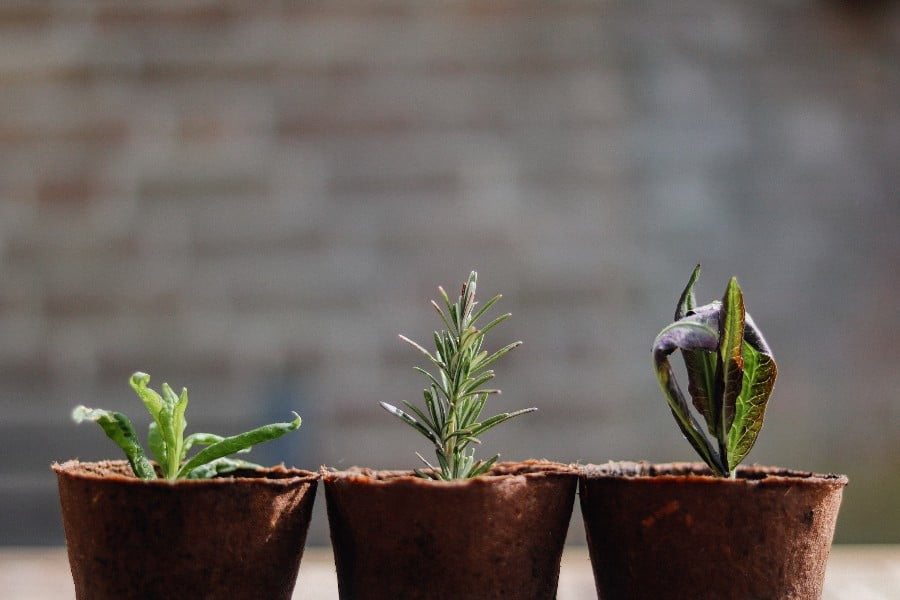
5. We have become distanced from nature as a result of modernization. Our body is made up of five elements: earth, water, ether, air, and fire, according to the ancient sages. Therefore, maintaining a connection with the earth and these components is crucial and in doing this, kitchen gardening again comes in handy.

6. Plant fertilisers manufactured from decomposing organic resources, such as kitchen scraps, will encourage plant growth while assisting you in getting rid of waste. Thus showing how you would be able to get rid of your kitchen wastes in a highly productive manner.
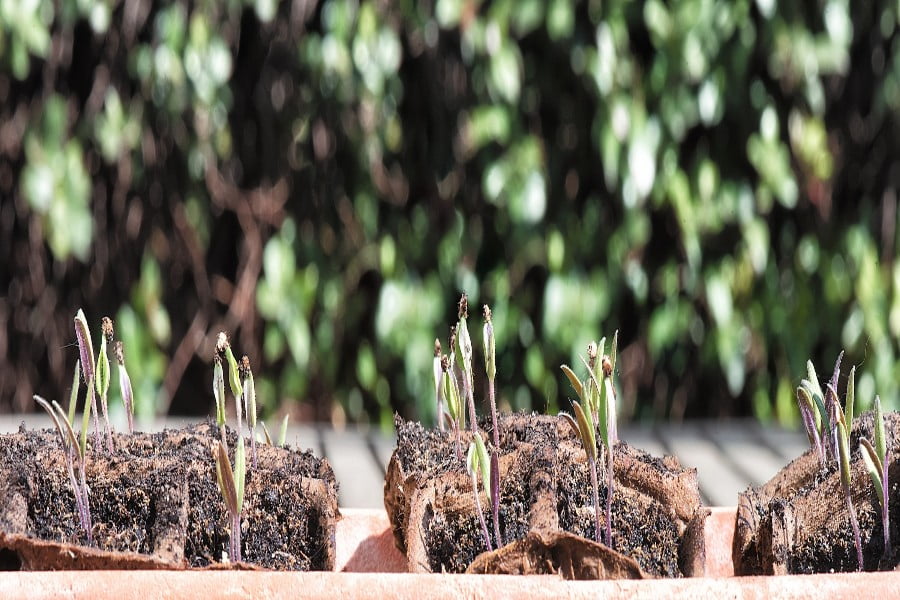
7. You can grow food at home with the aid of kitchen gardens, reduce your reliance on market purchases, and thus spend less money on food purchases.
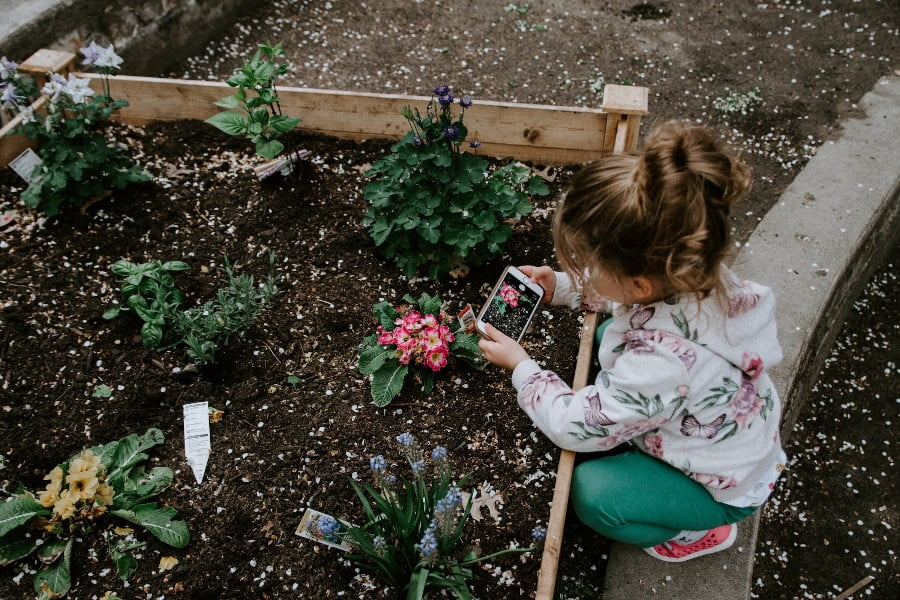
8. You can even reuse your vegetables in your kitchen garden. For instance, you can gather your unwanted vegetables, turn them into compost, and then use it to plant fresh herbs and vegetables.
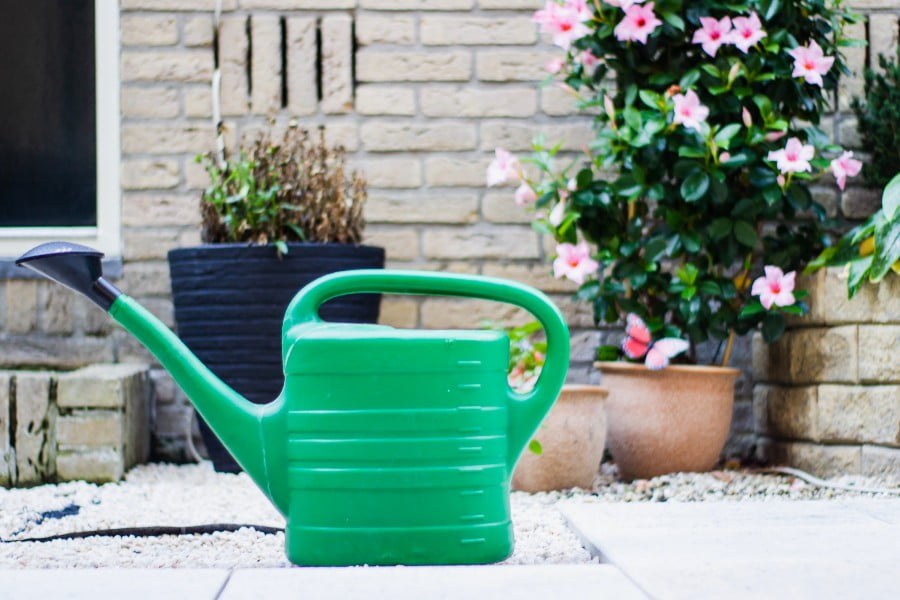
9. It is a great way to engage the whole family in physical activity. Gardening is known to reduce levels of stress and tension.
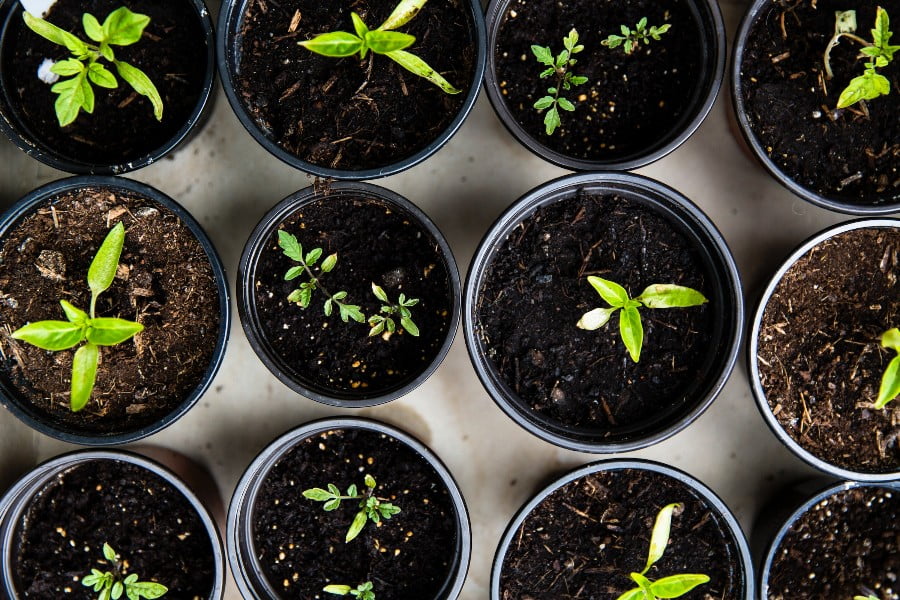
10. The secret to a continuous harvest, particularly in tiny gardens with constrained space, is succession planting. Simply said, succession planting is the process of planting crops one after another in the same garden area.

11. Not every crop is simple to cultivate. Stick to “beginner-friendly” plants like bush beans, cherry tomatoes, peas, and lettuce if you’re a new gardener. Weather-related issues can occasionally cause issues; a long summer of drought or a chilly, rainy spring can both influence crop growth. Additionally, some plants are very vulnerable to pests and illnesses. A few of the pests that gardeners may come across include squash bugs, potato bugs, cabbageworms, and cucumber beetles.
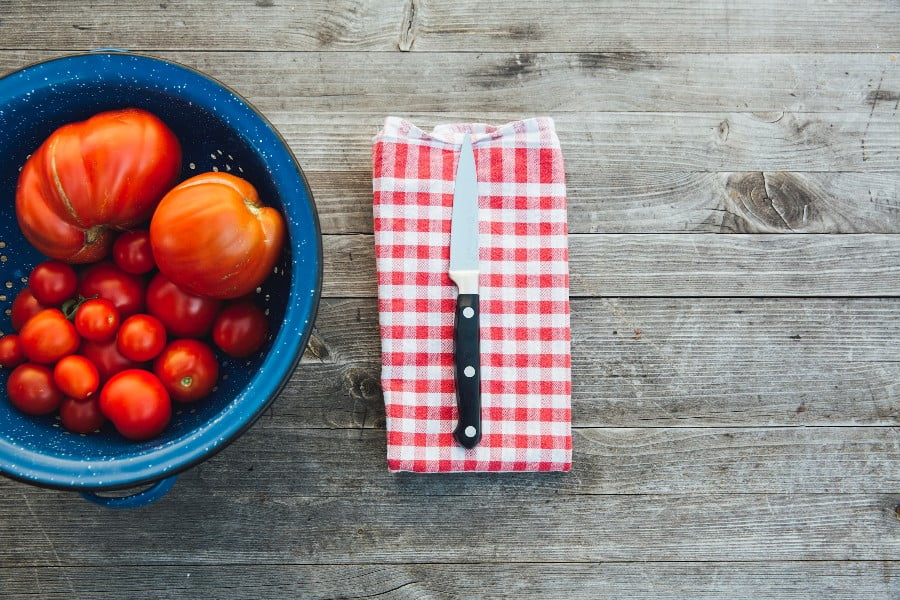
12. Learn to recognise the pests and beneficial insects you encounter in your garden, as well as how to handle them. In some cases, pest control is as simple as covering crops with a thin row cover; in other cases, it involves incorporating plants that draw good insects that eat the pests.
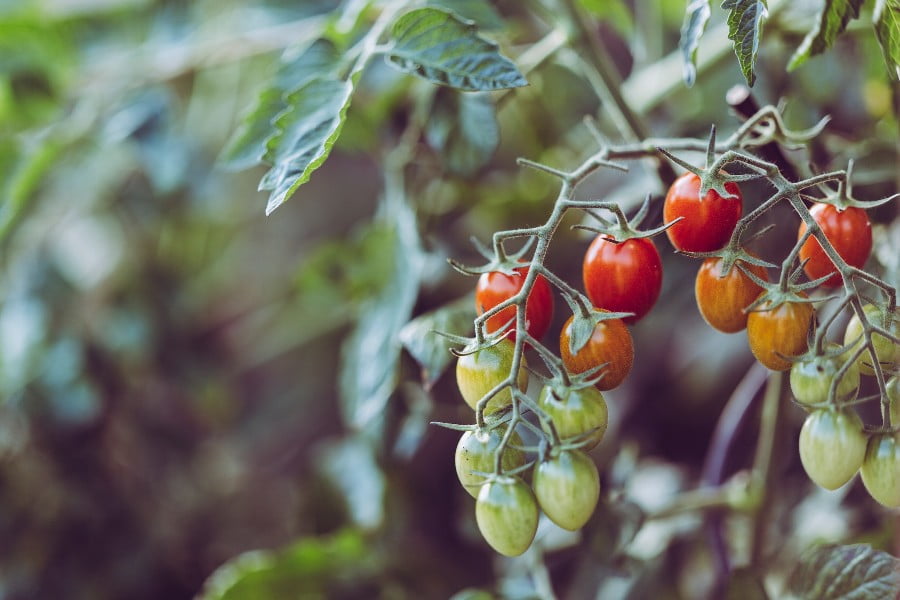
13. You’ll spend less time and energy weeding if you stay on top of it. You’ll probably find that you battle the same weeds year after year, similar to how you do with plant pests.

14. Plan to pick weeds after a rain. Weeds will simply slip from the soil due to the damp soil, easy and efficient!
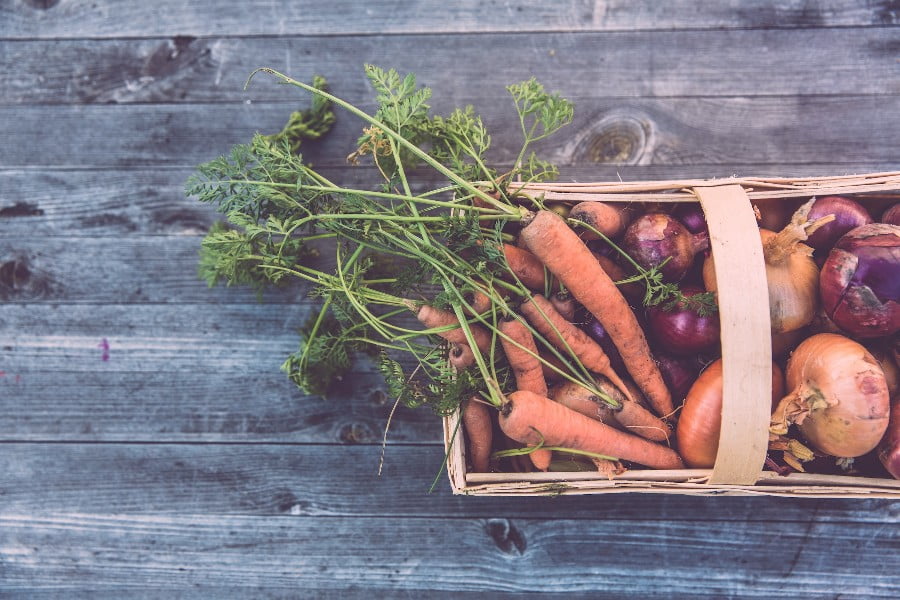
15. Mulch is your best friend when it comes to weed prevention. Lay down a 3 to 4 inch layer of straw or crushed leaves to prevent weed development and retain moisture. Reduced irrigation!
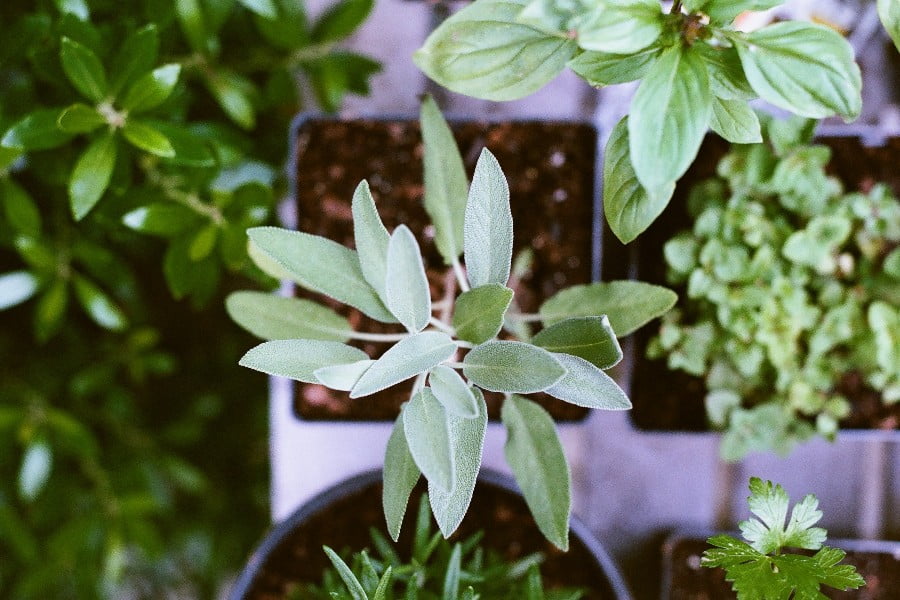
16. Use a layer of cardboard or multiple layers of newspaper on top of bark mulch, pea gravel, or another material to keep walkways free of weeds.

17. Growing your own food might reduce the amount you spend on groceries, but it can also be expensive. The size, layout, and materials of your garden, as well as the location and the plants you intend to grow, will all affect how much you spend.
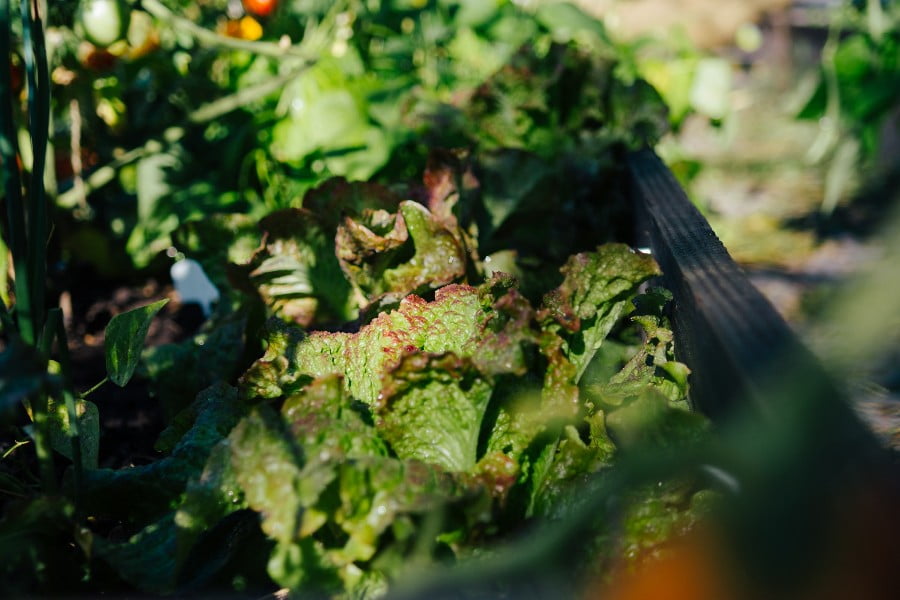
18. If you want to garden on a tight budget and your plot has full sun and good soil, you can start saving money faster than someone who needs to construct raised beds and bring in synthetic soil. However, even elevated beds can be constructed out of natural materials like logs, pebbles, or unfinished free-form. You can test the soil you already have and add amendments like aged manure, compost, natural fertilizers, chopped leaves, and more.
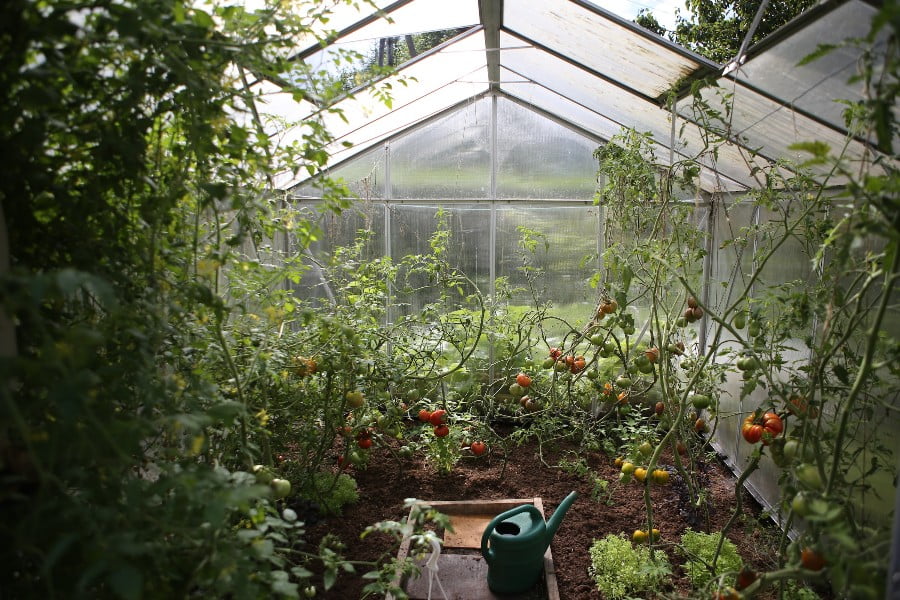
19. It’s also critical to keep in mind that some crops have a high value, which means they are expensive to purchase at supermarkets and farmers markets. However, many of these, including heirloom tomatoes, fresh herbs, gourmet salad greens, and fruits like strawberries and raspberries, are simple to cultivate. It may enable you to save money.
Beyond economic savings, food growing provides the gardener with advantages such as mental gratification, physical activity, and time spent in nature. By listing out these 19 facts, we made an attempt to show the benefits of kitchen gardening while also explaining how you can deal with some difficulties that might come in your way to gain these benefits.
Read also – 15 Astonishing Facts about the Taj Mahal